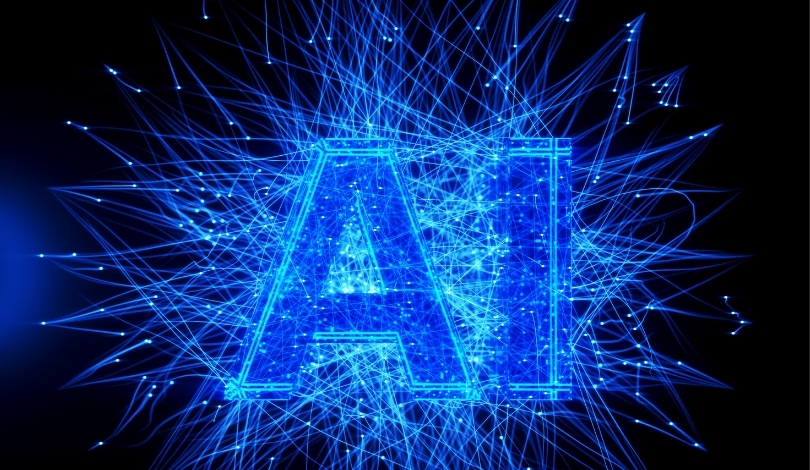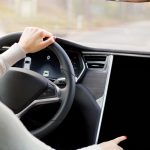Paint splatters meet pixels as art schools increasingly fold artificial intelligence into their curricula, stirring conversations about creativity and ethics in the studio. At universities and independent colleges across the United States, foundational art practices now intersect with digital workflows, as students learn to combine traditional drawing, image editing, and A.I. generation. The expansion of such programs has prompted both admiration and skepticism, igniting debates among faculty, students, and institutions. Some believe the fusion of A.I. and fine arts could open fresh avenues for creative expression, while others caution against overreliance on technology, fearing it could undermine the value of human authorship.
Art schools and universities began acknowledging the potential of artificial intelligence in creative fields only recently, and dialogue about best practices continues to develop. Earlier mentions of A.I. in art education tended to emphasize novelty rather than routine integration. Over time, as generative tools like Midjourney, Stable Diffusion, and DreamUp gained popularity, institutions saw a shift toward a more structured approach—coupled with increased legal and ethical scrutinies. Notably, legal disputes over copyright and authorship involving product names such as Stable Diffusion and DreamUp have persisted, reflecting ongoing complexities that predate the current wave of course expansion.
How Are Art Schools Using A.I. Tools?
Faculty at institutions like Ringling College of Art and Design, the California Institute of the Arts (CalArts), and Parsons School of Design explain that A.I. tools are generally embedded within multistep creative processes. Students mix hand-drawn techniques with digital edits and A.I.-assisted renders, sometimes translating audio inputs into visuals or exploring 3D prints after initial sketching. Advanced programs encourage students to control A.I. output and weave it into their professional practice rather than treating machine-generated content as a finished artwork.
“The focus is on creativity itself, because without that, the results are common, therefore dull and fundamentally inexpert,”
explained Ry Fryar of York College of Pennsylvania, underlining the importance of intentional artistic direction.
What Debates Exist About Authorship and Ethics?
A recurring concern is authorship—who truly owns a work created by both human and machine? Faculty and students at several institutions reflect on legal questions involving copyright and attribution, particularly as federal agencies have yet to fully clarify the standing of A.I.-aided pieces. Cases against companies responsible for A.I. engines such as Stable Diffusion and DreamUp exemplify disputes regarding source material and the rights of original creators. Moreover, some faculty point out pedagogical challenges in verifying student originality, with A.I. generation tools like ChatGPT complicating academic honesty in written assignments.
“It’s about teaching them how to think about when, why and how they might use A.I., if they need to at all,”
added Andrew Shea from Parsons, emphasizing the importance of keeping students’ own voice central.
Are All Institutions Welcoming A.I. in Art Education?
Not all art students and faculty are eager to embrace A.I.-centered teaching. For example, a recent class at the University of New South Wales, “Generative A.I. for Artists,” sparked petitions calling for its cancellation, citing ethical and environmental issues. Dissenters argue that such courses normalize reliance on generative technology and create new dilemmas for artists and society. University representatives assert their intention is to foster critical dialogue, not uncritical use. Elsewhere, U.S. art colleges continue expanding course options, reflecting both optimism for new career paths and uncertainty about long-term impacts in creative industries.
Institutions worldwide are currently navigating complex terrain as A.I. becomes an integral part of art practice and education. The conversation now extends beyond experimentation to the boundaries of creative control, intellectual property, and professional responsibility. For prospective artists, understanding both traditional media and evolving digital tools is increasingly vital. They must prepare not only to bridge these worlds skillfully, but also to grapple with the regulatory and ethical issues now drawing broader public attention. As these debates unfold, art programs may need to continue reassessing their curricula to remain relevant and rigorous, while upholding individuality and accountability in artistic production.
- Art schools teach A.I. techniques within broader creative workflows.
- Legal and ethical challenges persist for authorship and copyright in A.I. art.
- Debate continues about A.I.’s place in formal art education globally.










